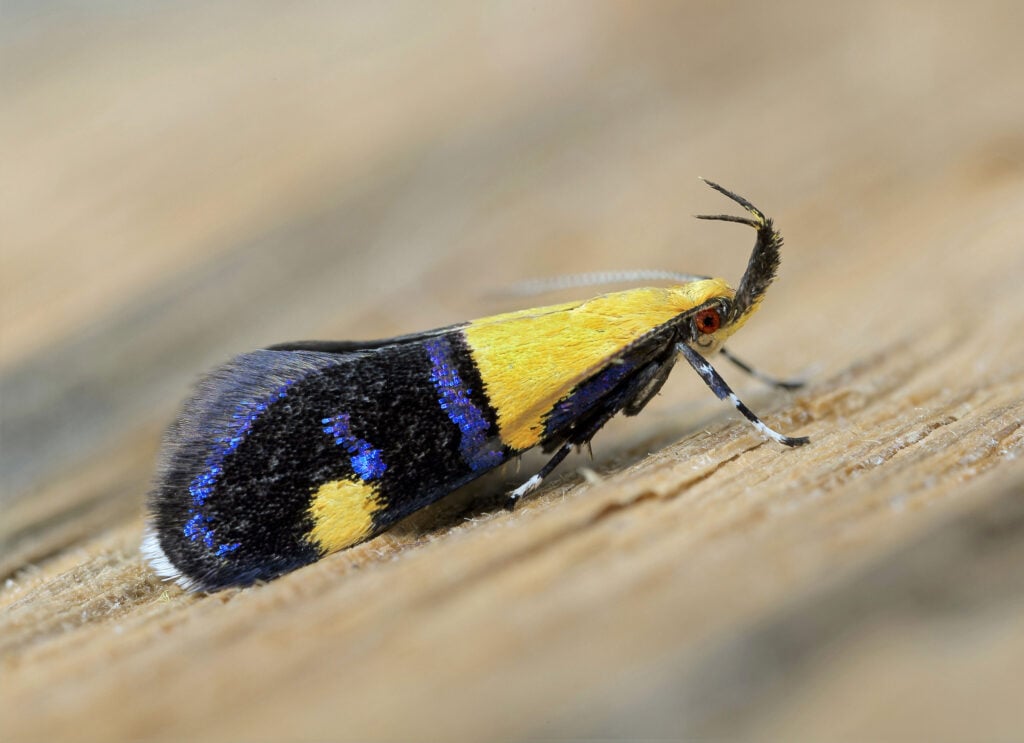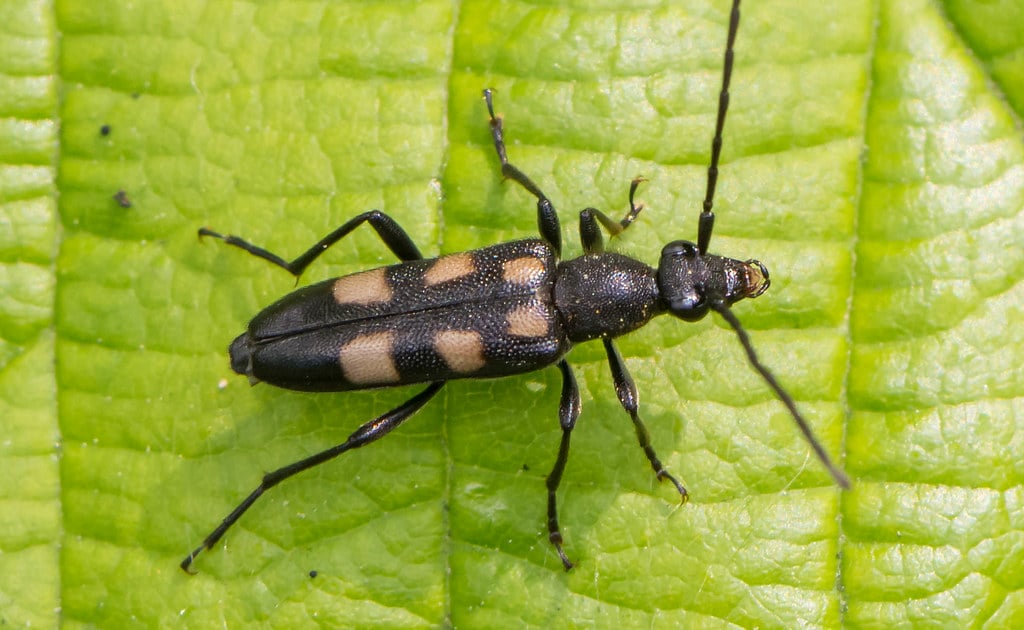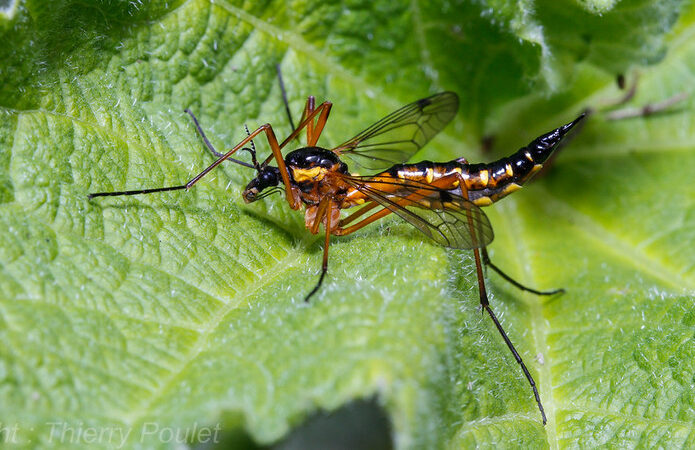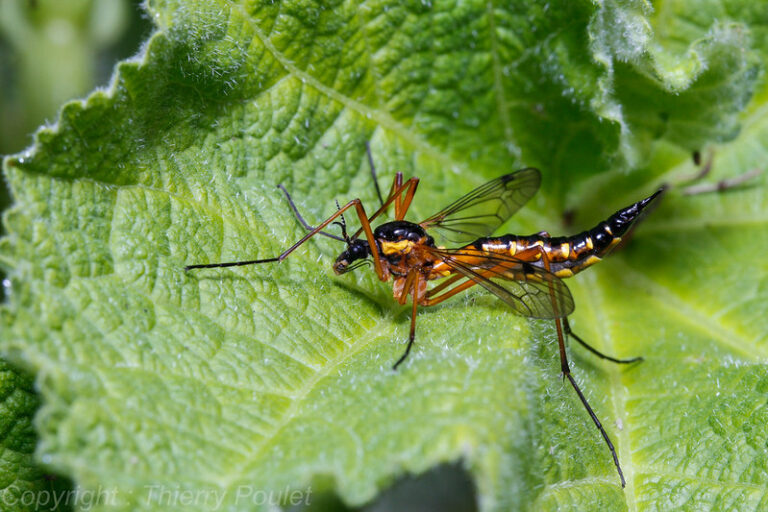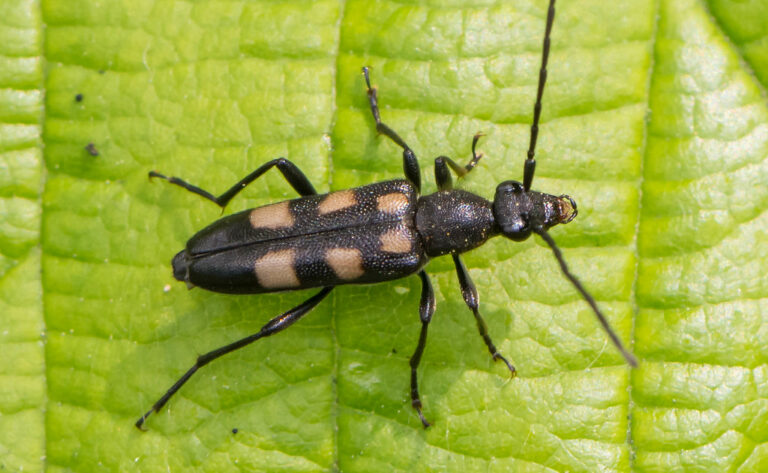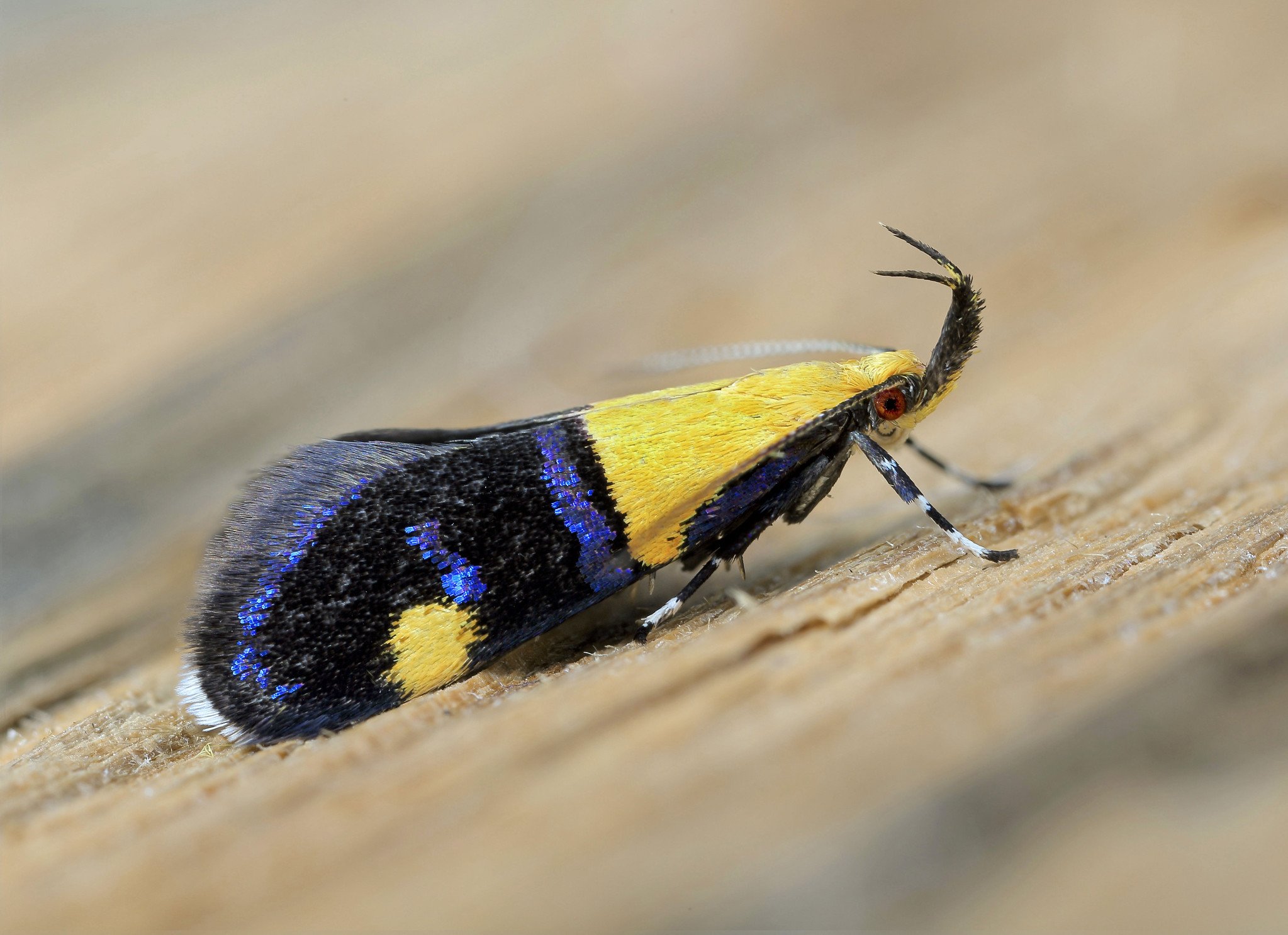Decaying wood, whether associated with living trees, dead trees, or branches lying on the ground, supports a multitude of specialist invertebrates. It is one of the richest micro-habitats for flies and beetles. Exceptional communities are typically associated with Veteran trees because these contain a greater number and range of the necessary dead wood micro-habitats. Many of the trees are found in ancient Parkland and wood pasture, and feature rot holes created by the Goat Moth caterpillar.
Deadwood beetles characteristically favour the dry rot typical of old trees. In contrast, deadwood flies are associated with moist rot, typical of sap wood, younger trees and small bits of wood, even twigs and many larvae are reliant on decomposing fungi, notably bracket fungi. Few species are restricted to just one type of tree but oak, beech, ash, aspen, elm and horse chestnut are noted as particularly good. Flowering shrubs that provide pollen and nectar, such as hawthorn and hogweed, are often necessary for invertebrates to feed on prior to being able to successfully breed.
The Devon Species of Conservation Concern list includes additional species but it should be noted that a wide variety of species utilise deadwood at various life stages, for example, the blue ground beetle (a Devon Special SpeciesDevon Species of Conservation Concern which have been 'shortlisted' as needing particular action or attention (rather than being iconic species). More) and silver streaked beauty moth and beautiful bark moth (both in the Dartmoor woodland moth group). The deadwood fly group and six-spotted longhorn beetle are discussed below.

